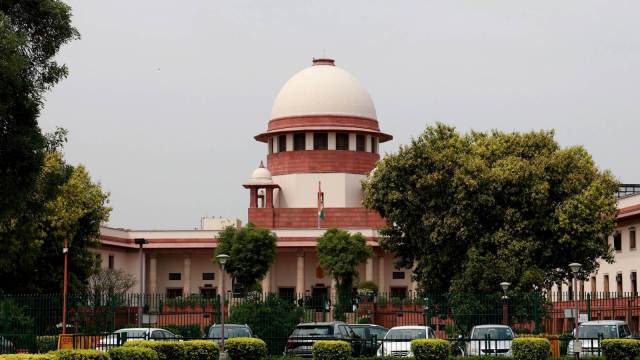
Written by Samayeta Bal
On 20 May, the Supreme Court reinstated a mandatory three-year legal-practice requirement for fresh recruits to the lower judiciary. This verdict traces back to the All India Judges Association vs Union of India judgment delivered in 1993, which was later modified by the Shetty Commission, and the three-year mandate was done away with. Ostensibly aimed at ensuring courtroom readiness, the verdict overlooks a harsher reality — that it erects further barriers in a system already riddled with myriad problems.
The Bar Council of India, in 2024, released a circular providing guidelines for a minimum stipend to junior advocates, with Rs 20,000 per month for those in urban areas and Rs 15,000 for those in rural areas. Yet, most junior advocates still get exploited by senior advocates and do not receive even half of the recommended stipend. For many fresh graduates, especially those from rural or lower-middle-class families, such rates barely cover rent, food, or loan repayments. In this context, the three-year mandate becomes not just a professional threshold but an economic quagmire. Those who cannot rely on family support or side income simply cannot afford to practise continuously at the Bar. This raises a critical concern about equity, and not just for those coming from economically disadvantaged backgrounds, but also for women, who might take career breaks due to caregiving responsibilities. The judgment, by codifying “years at the Bar” as a sole stamp of readiness, confers an unspoken subsidy on the financially secure and sidelines talented candidates who cannot weather this low-income slog.
In All India Judges Association vs Union of India (2002), the Supreme Court observed the need for practical experience but did not make it binding, resulting in judicial service rules varying widely across states. The 2025 judgment’s principal merit of the three-year practice requirement stems from the above case and is intended to ensure practical competence among newly appointed judicial officers. But it invites scrutiny: does reinstating a rule nearly a quarter-century old adequately align with contemporary legal education reforms? The Bar Council of India’s 2020 guidelines already require law schools to ensure five internships over five years across various legal settings. Law universities therefore incorporate experiences with trial courts, senior advocates, NGOs, and legal aid centres that expose students to real-world litigation processes far earlier than in previous decades. Additionally, moot court competitions, mock trials, and clinical legal education further sharpen advocacy and adjudicative skills — all of which have become staples in many institutions. Thus, to presume that only experience can impart practical competence is to ignore how law schools have evolved to produce more practice-ready graduates than ever before.
The Court’s decision also sidesteps the deeper structural issues fuelling the already alarming pendency of cases in India’s courts. As per the National Judicial Data Grid, over 50 million cases are currently pending across various levels of the judiciary. Simultaneously, the India Justice Report 2025 revealed that 33 per cent of judicial positions in high courts and 21 per cent in lower courts remain vacant. By reinforcing a rigid three-year practice requirement, the Supreme Court has effectively shrunk the already limited pool of applicants, thereby aggravating an institutional bottleneck. In the 1997 judgment L Chandra Kumar vs Union of India, the Supreme Court warned that “justice delayed is justice denied”; by mandating three years of low-paid practice, the Court today risks deepening that delay. This ruling may delay recruitment cycles, leave vacancies unfilled longer, and ultimately worsen the pendency crisis that already threatens the credibility of India’s justice delivery system.
In its bid to ensure competence, the Supreme Court’s three-year practice mandate inadvertently reinforces existing structural inequities while doing little to actually address the deeper crisis within the judiciary. It imposes an economic filter that sidelines talented aspirants who lack the financial cushion to survive low-paying litigation work, further shrinking an already narrow pipeline. It also discounts the transformation of legal education, which offers rigorous practical training long before graduates step into courtrooms. By privileging an arbitrary tenure over measurable skills, the ruling risks slowing recruitment, worsening pendency, and re-entrenching privilege—all while offering no guarantee of improved judicial quality. Therefore, only by ensuring that talent, not privilege, determines who holds the gavel will the bench reflect the full mosaic of Indian society and deliver timely, representative justice to all.
The writer is an advocate and a Legislative Assistant to Members of Parliament (LAMP) Fellow, 2024–25